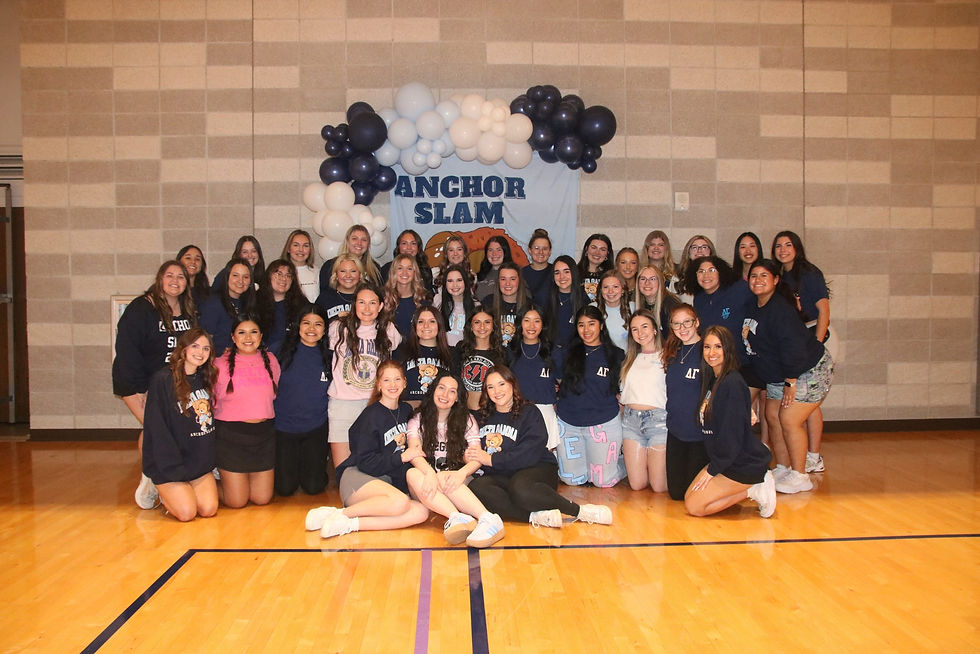An Inside Look on Athletic Training with UAFS Head Trainer Brian O'Connor
- Faith Marabella
- Dec 18, 2021
- 3 min read
Updated: Jan 12, 2022

FORT SMITH, AR - We got the chance to sit down with UAFS Head Trainer Brian O’Connor to discuss the highlights and challenges of being an athletic trainer as well as what they are looking for when seeking out a second trainer for UAFS Athletics.
When discussing the roles and responsibilities of an athletic trainer, Brian O’Connor claims that the scope of athletic training falls into six different domains, “(1) prevention, (2) clinical evaluation and diagnosis, (3) immediate care, (4) treatment, rehabilitation, and reconditioning, (5) organization and administration, (6) professional responsibility.” While following those six domains, he spends the majority of his time inside the training room where he aids athletes in recovery with injuries or soreness.
As most are wondering what a typical day would look like as an athletic trainer for a university, Brian stated he
“Does therapeutic treatments and rehab sessions throughout the morning, prepare everyone for practices throughout the afternoon, and then do follow up treatments and evaluations after practices finish.”
When he's not helping his athletes, he has other tasks on his plate that have to be done in a timely manner as well. “You have to find time for documentation, scheduling appointments, insurance claims,
and other administrative tasks.” This may seem manageable to some but while doing it all by yourself, it may become overwhelming.
When considering the number of tasks an athletic trainer has that comes along with managing 10 different sports teams, it's a challenging job to complete alone. Brian stated
“The biggest challenge of doing everything by myself right now is just finding ways to keep up with the volume of student-athletes that need attention and making sure I keep each treatment session as high quality as possible. I don’t want the level of care to diminish just because we are shorthanded.”
After discussing how Brian sometimes has to try and take care of multiple athletes at a time, we asked him if there was any potential interest in finding someone else to help him complete the job. O’Connor claimed
“We have continued to keep the job position posted for people to apply.” but currently there is an athletic trainer shortage around the entire country.
“There are numerous other schools in our conference that are also shorthanded right now. The difference is those schools still have multiple athletic trainers on staff whereas here it's just me trying to cover all 10 sports.”
When Brian is looking for an additional trainer, he states that they need “someone who can come in and be independent. Things move too fast and there is too much work to be done for me to have to supervise every second of the day.”
Also adding “We’ve been fortunate the past several years to have high-quality assistant athletic trainers who were young but able to do the job very well from day one.”
Although this is an extremely busy job that may require a lot, it has its perks when it comes to being able to travel with these athletic teams and building better relationships. Through his years of athletic training, he has been able to travel as far as Alaska with the UAFS volleyball team and he has also been to places like Washington D.C., Baltimore, and Philadelphia. He also states “I’ve always appreciated Coach Sargent and Coach Newman for taking their teams on those types of trips because it’s such a good experience for everyone.”
Concluding on our conversation with the UAFS Head athletic trainer, he states “my favorite memories will always be the individual people I’ve gotten to know over the years and the student-athletes that I have been close with. My biggest gratification comes from taking someone who has had a major injury and getting them back to the level they were at before and then seeing them succeed at their sport again.”
Hopefully, in the near future, UAFS athletics will find someone to add to the UAFS athletics training staff to help maintain the athlete’s safety and health.







Commentaires